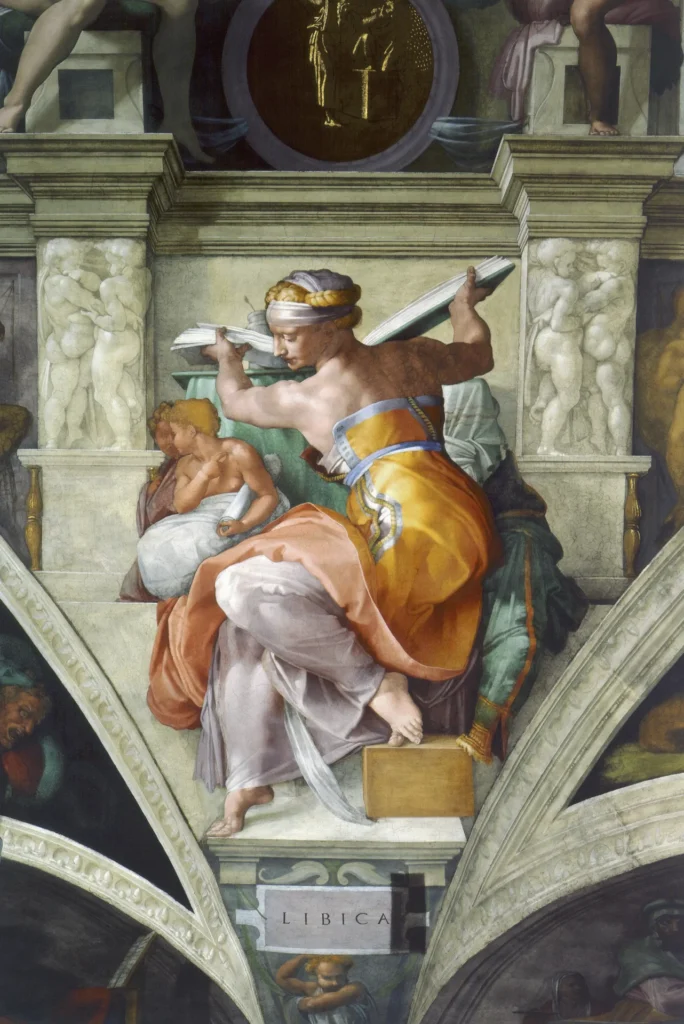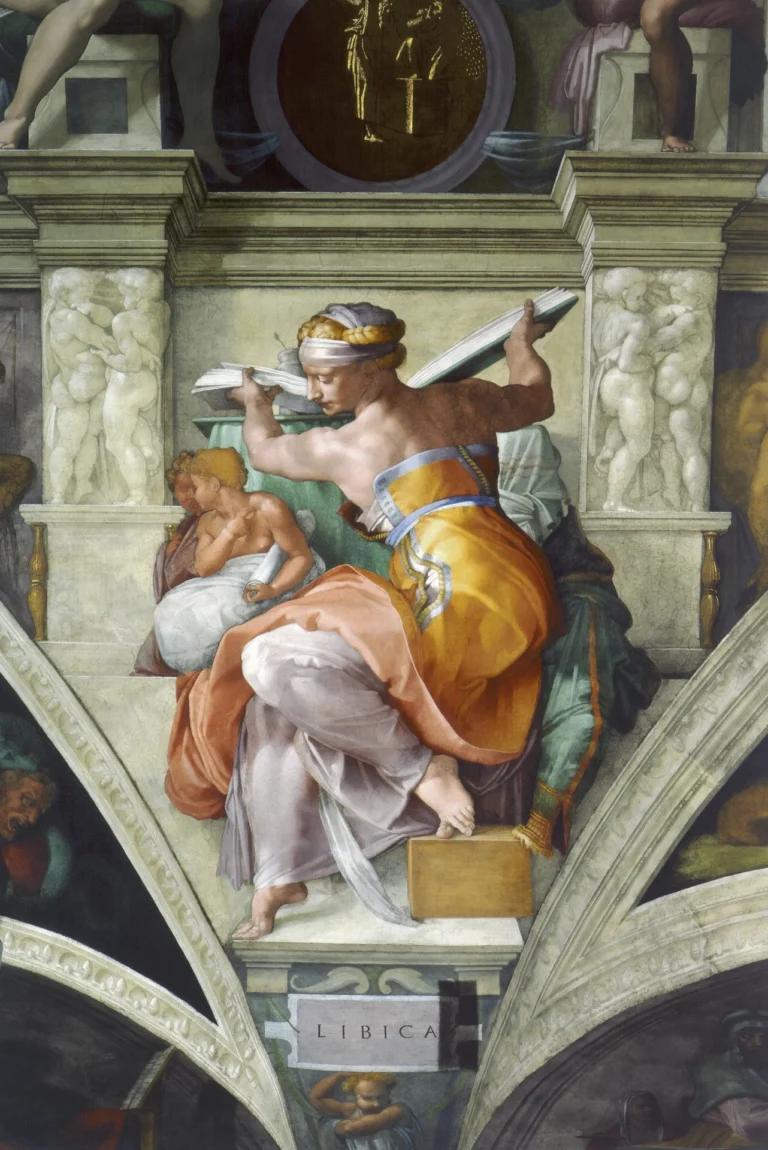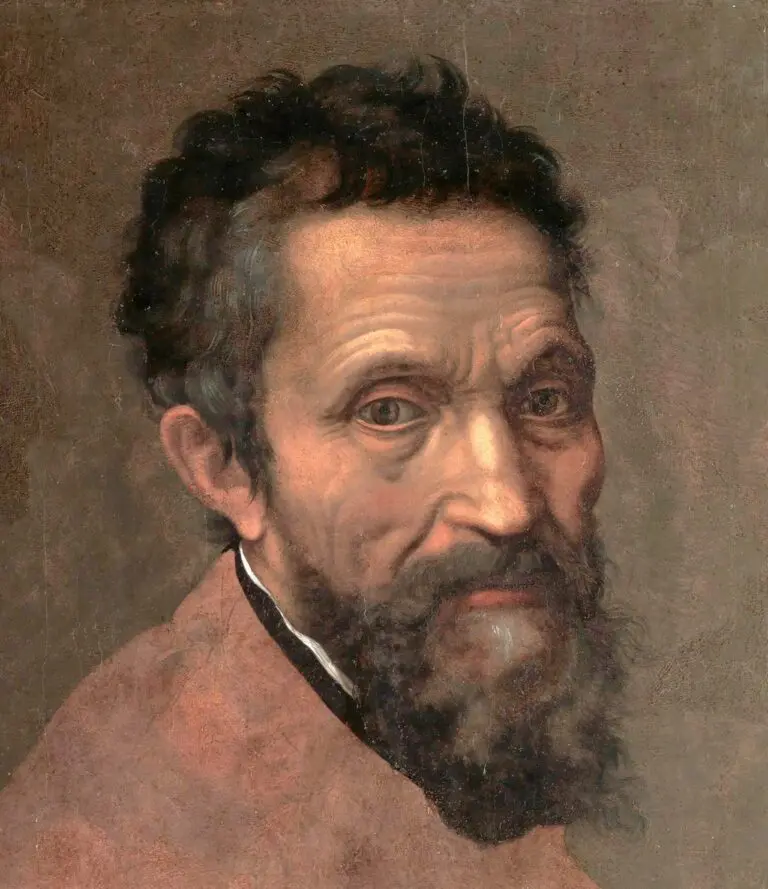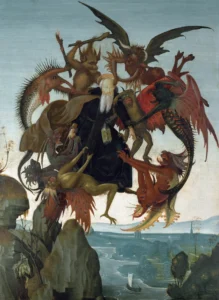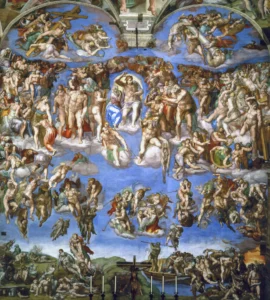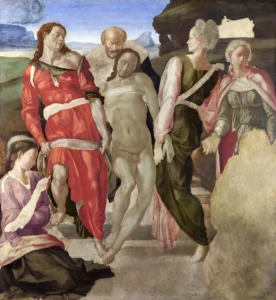Libyan Sibyles (1511)
Painted between 1508 and 1512, the 'Libyan Sibyl' is a magnificent fresco by Michelangelo located on the ceiling of the Sistine Chapel. The Sibyl is depicted in a graceful posture, resting a large book that symbolizes wisdom. This piece exhibits Michelangelo's exceptional skill in capturing anatomical precision and dynamic movement, while its colorful palette conveys the richness of prophetic insight.
1508 - 1512
About the Artwork
The 'Libyan Sibyl' is one of the twelve sibyls painted by Michelangelo in the Sistine Chapel, representing female oracles in prophetic contexts. This particular figure is notable for its vibrant attire and dynamic pose, which emphasizes Michelangelo's mastery of the human form. Completed around 1511, the Sibyl’s character combines elegance with authority, showcasing Michelangelo’s unique ability to blend classical inspiration with religious themes. The fresco’s placement near the main altar highlights its thematic connection to divine revelation and wisdom, as the Sibyl rests her head low, embodying humility along with grandeur.
Did You Know
The vibrant cloak of the Libyan Sibyl, adorned with rich colors, serves not only as an artistic choice but also represents wisdom and prophetic insight, symbolically linked to the prophetic powers she embodies.
Michelangelo’s use of live male models to depict the Sibyl’s anatomical structure emphasizes the Renaissance obsession with realism and anatomy, showcasing his relentless pursuit of capturing the human body’s intricate details.
Positioned near the principal altar wall, the Libyan Sibyl’s placement highlights its significance, as it engages with the divine themes of prophecy, wisdom, and illumination within the broader context of the Sistine Chapel’s narrative.




